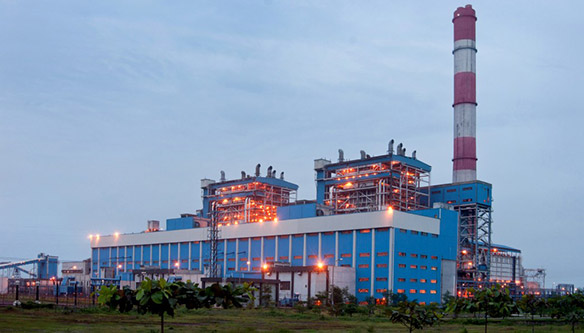Recent seismic events in Japan, marked by a magnitude 7.4 earthquake and ensuing tsunami waves, have reignited the discussion on the delicate balance between natural disasters and the safety of nuclear facilities. Amidst the challenges faced, it becomes crucial to highlight the role of disaster risk reduction measures in minimizing the impact of such incidents.
1. Early Warning Systems: The swift issuance of tsunami warnings by the Japan Meteorological Agency (JMA) underscores the importance of robust early warning systems. These systems serve as a lifeline, providing critical information to the public and enabling them to take immediate precautions.
2. Public Awareness and Education: Effective disaster risk reduction requires an informed and educated public. Continuous efforts to educate communities about evacuation procedures, emergency shelters, and the potential risks associated with earthquakes and tsunamis empower individuals to make informed decisions during crisis situations.
3. Infrastructure Resilience: Building infrastructure with resilience in mind is crucial, especially in coastal regions housing nuclear facilities. Engineering solutions such as elevated platforms, seawalls, and reinforced structures contribute to the overall resilience of critical infrastructure.
4. Community Preparedness: Local communities must actively participate in disaster preparedness drills and exercises. Regular drills enhance community response capabilities, ensuring that residents are familiar with evacuation routes, emergency communication systems, and the location of safe shelters.
5. International Cooperation: Natural disasters often transcend national borders, necessitating international cooperation. Collaborative efforts in sharing expertise, resources, and technology contribute to a more comprehensive approach in disaster risk reduction.
6. Technological Innovation: Advances in technology, including sophisticated early warning systems and innovative engineering solutions, are integral to disaster risk reduction. Investing in research and development for cutting-edge technologies enhances our ability to predict, respond to, and mitigate the impact of natural disasters.
7. Continual Risk Assessment: Regular assessments of disaster risks based on updated scientific knowledge are essential. This includes evaluating the seismic activity of regions, potential vulnerabilities of infrastructure, and the effectiveness of existing risk reduction measures. Continuous improvement ensures that strategies remain adaptive to evolving conditions.
In the aftermath of the recent earthquake in Japan, where a 1.2-meter tsunami hit Wajima city and a forecasted 5-meter tsunami was expected in Noto, Ishikawa prefecture, the importance of these measures is accentuated. The Japan Meteorological Agency had promptly issued a tsunami warning for coastal regions in Ishikawa, Niigata, and Toyama prefectures, urging residents to take immediate precautions and move to higher ground.
The events in Niigata Prefecture, experiencing a 40-centimeter tsunami, and the subsequent earthquake warning for Ishikawa Prefecture further highlight the ongoing threat. Japan's experience serves as a stark reminder of the need for international cooperation in setting and monitoring safety standards, as well as the necessity for advanced technological solutions to mitigate the impact of such disasters on both human lives and nuclear infrastructure.
In conclusion, Japan's recent experience emphasizes the ongoing need for a comprehensive strategy that combines safety measures with disaster risk reduction. From early warnings to community preparedness and international collaboration, a holistic approach is essential to enhance resilience and minimize the impact of natural disasters on both human lives and critical infrastructure.















.jpg)




